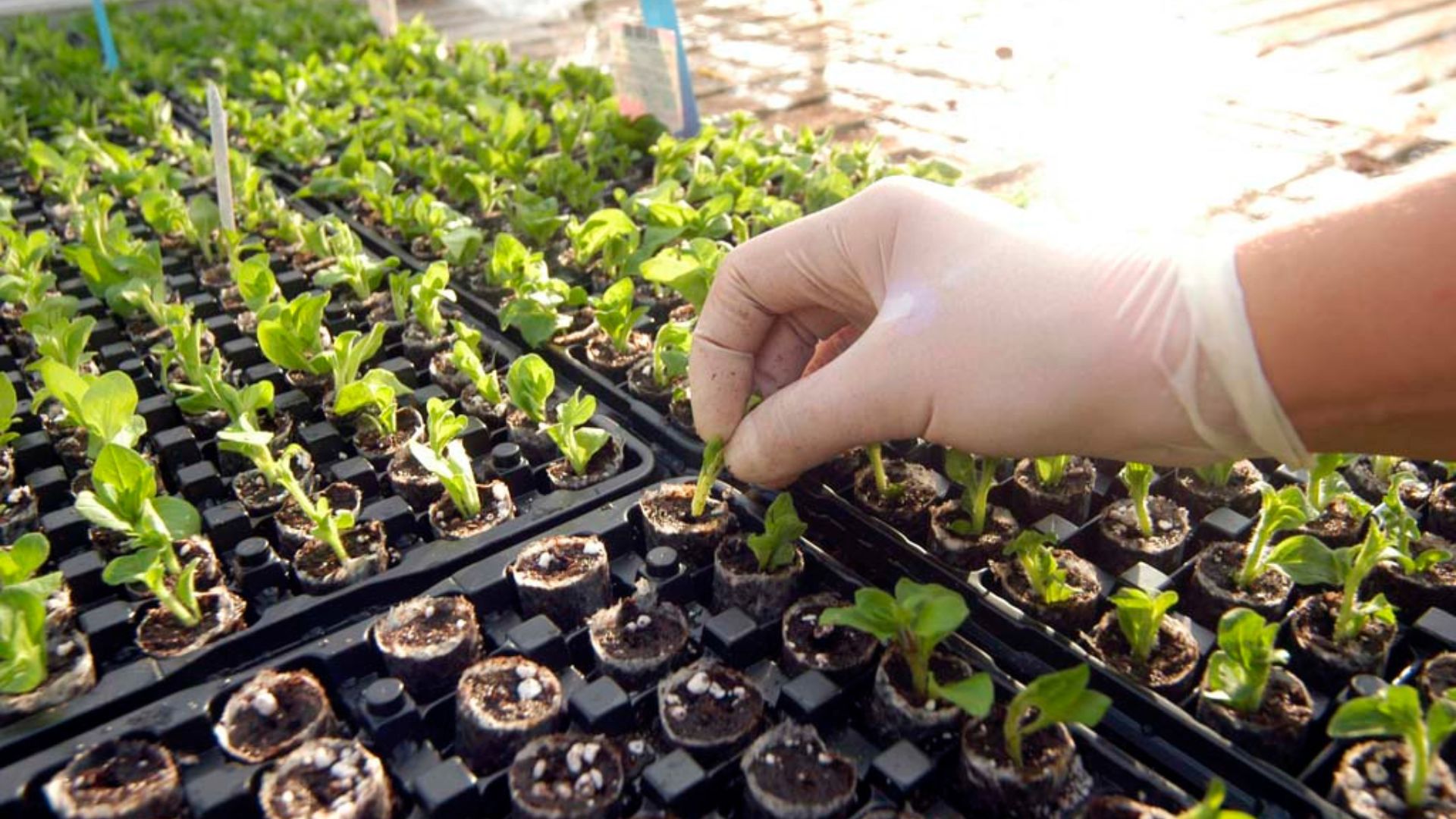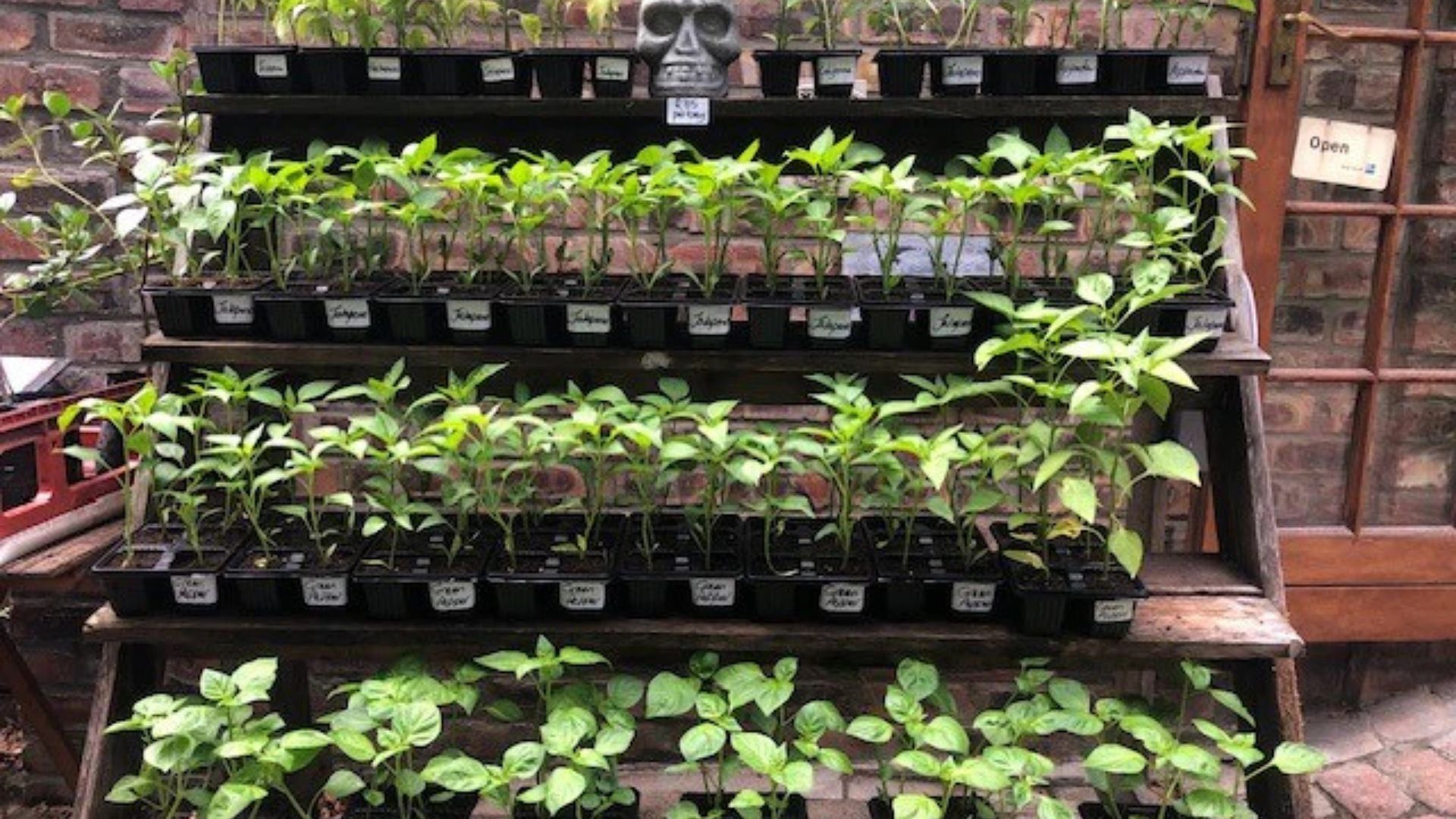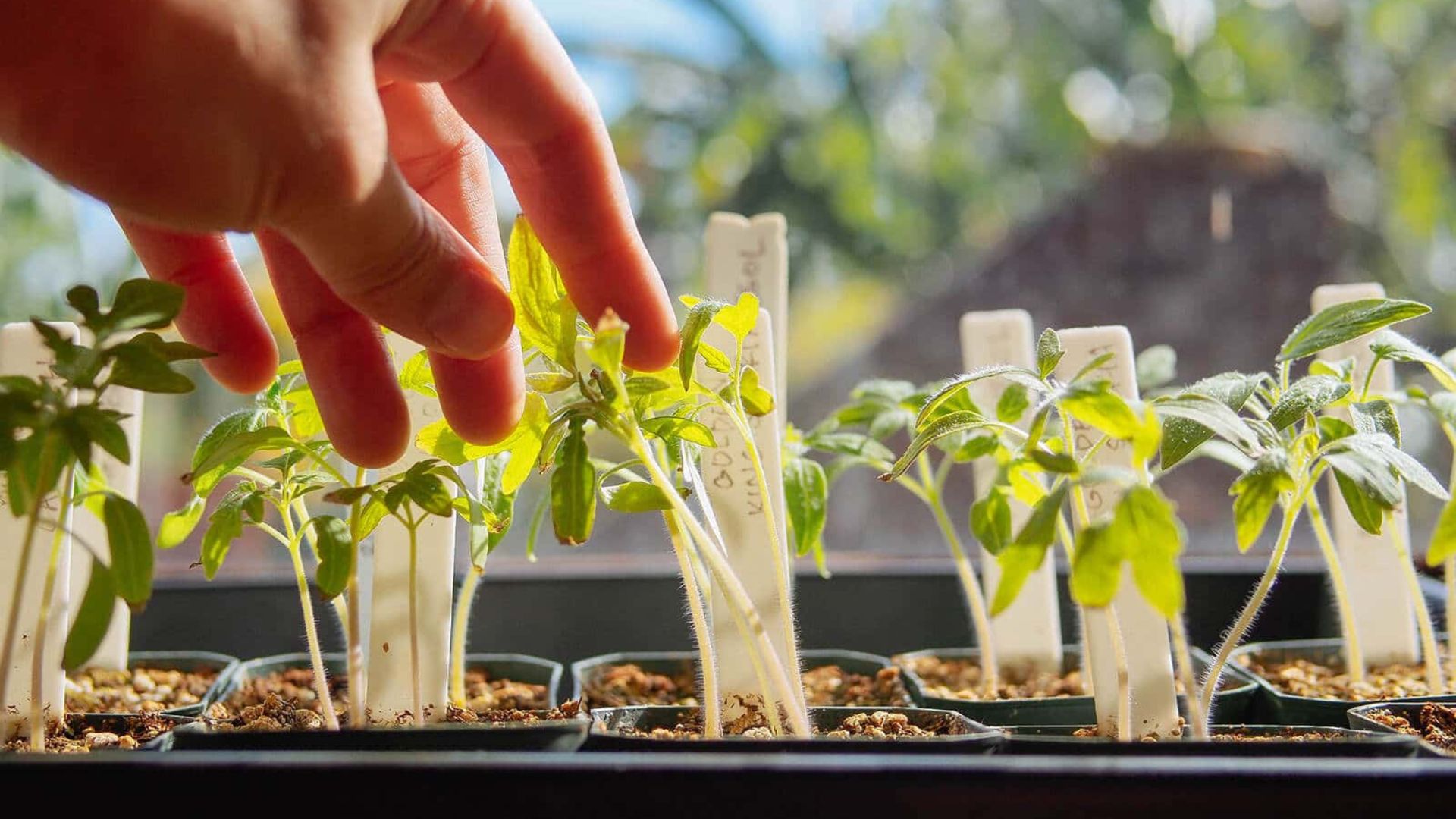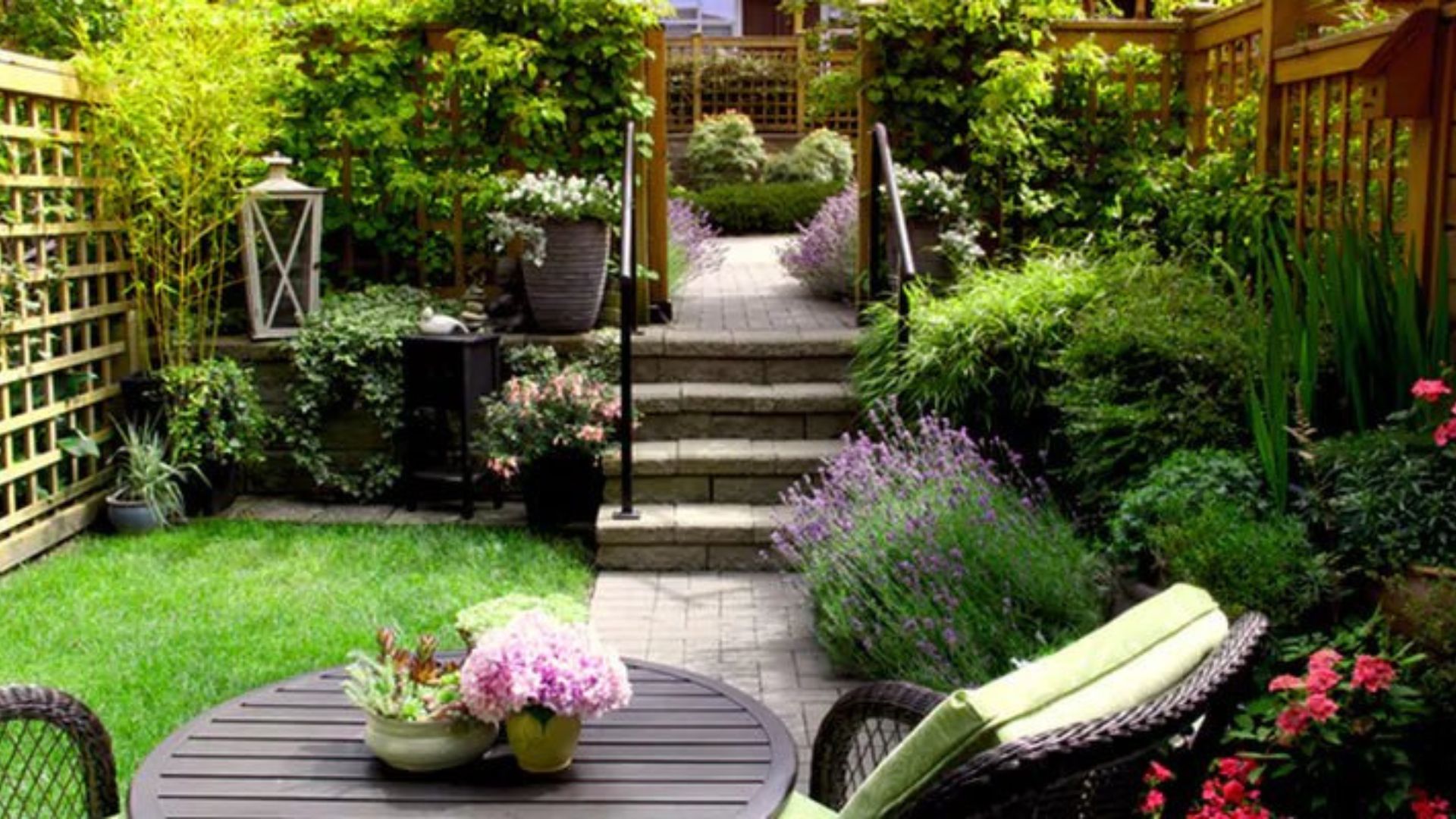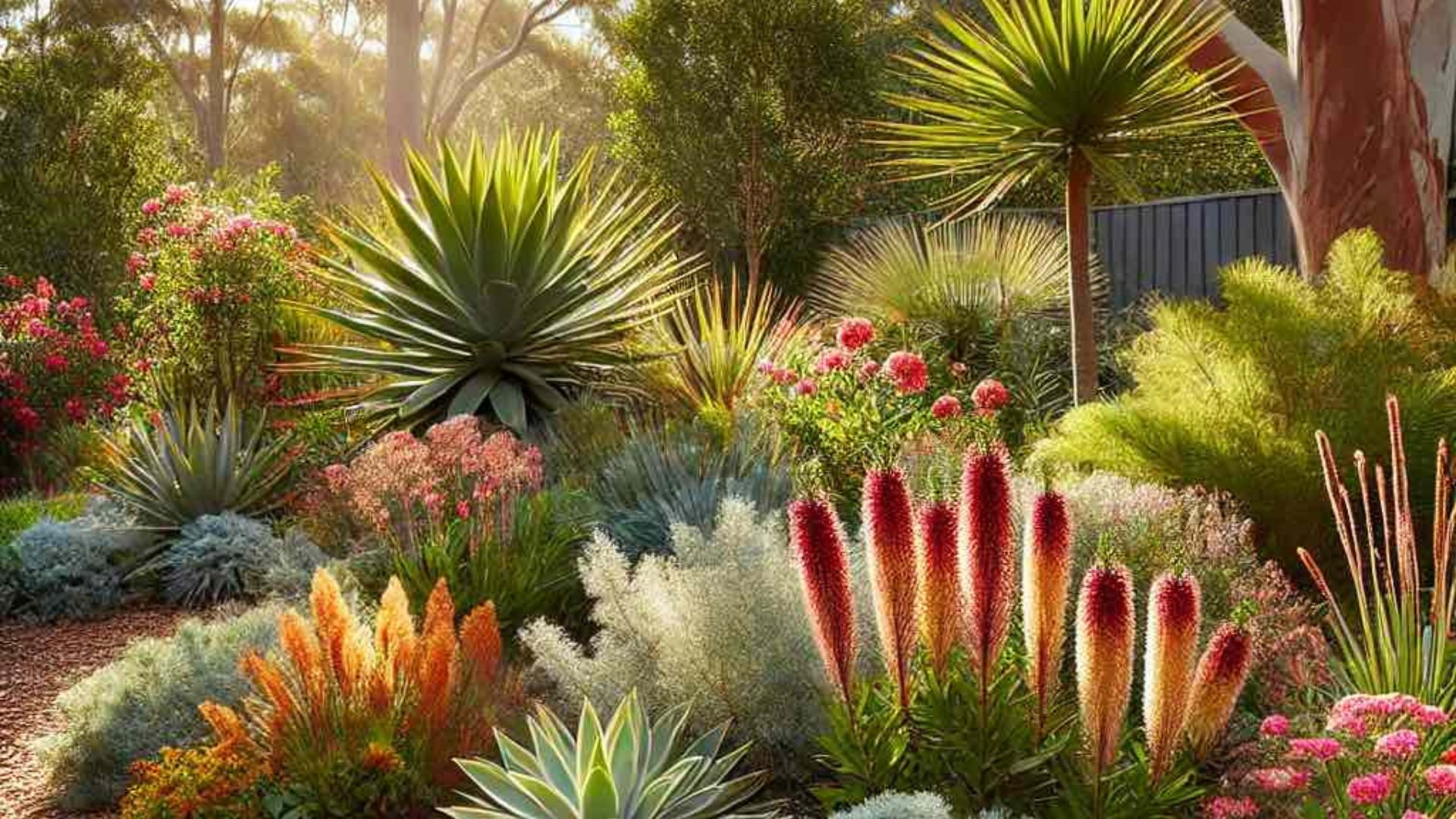Propagating plants in your nursery allows gardeners to expand their collection efficiently and sustainably. Propagation creates new plants from seeds, cuttings, or divisions, ensuring healthy growth while maintaining genetic consistency. Moreover, proper propagation techniques reduce the risk of disease and improve plant survival rates. By understanding key methods and care principles, nursery growers can achieve thriving greenery with minimal effort.
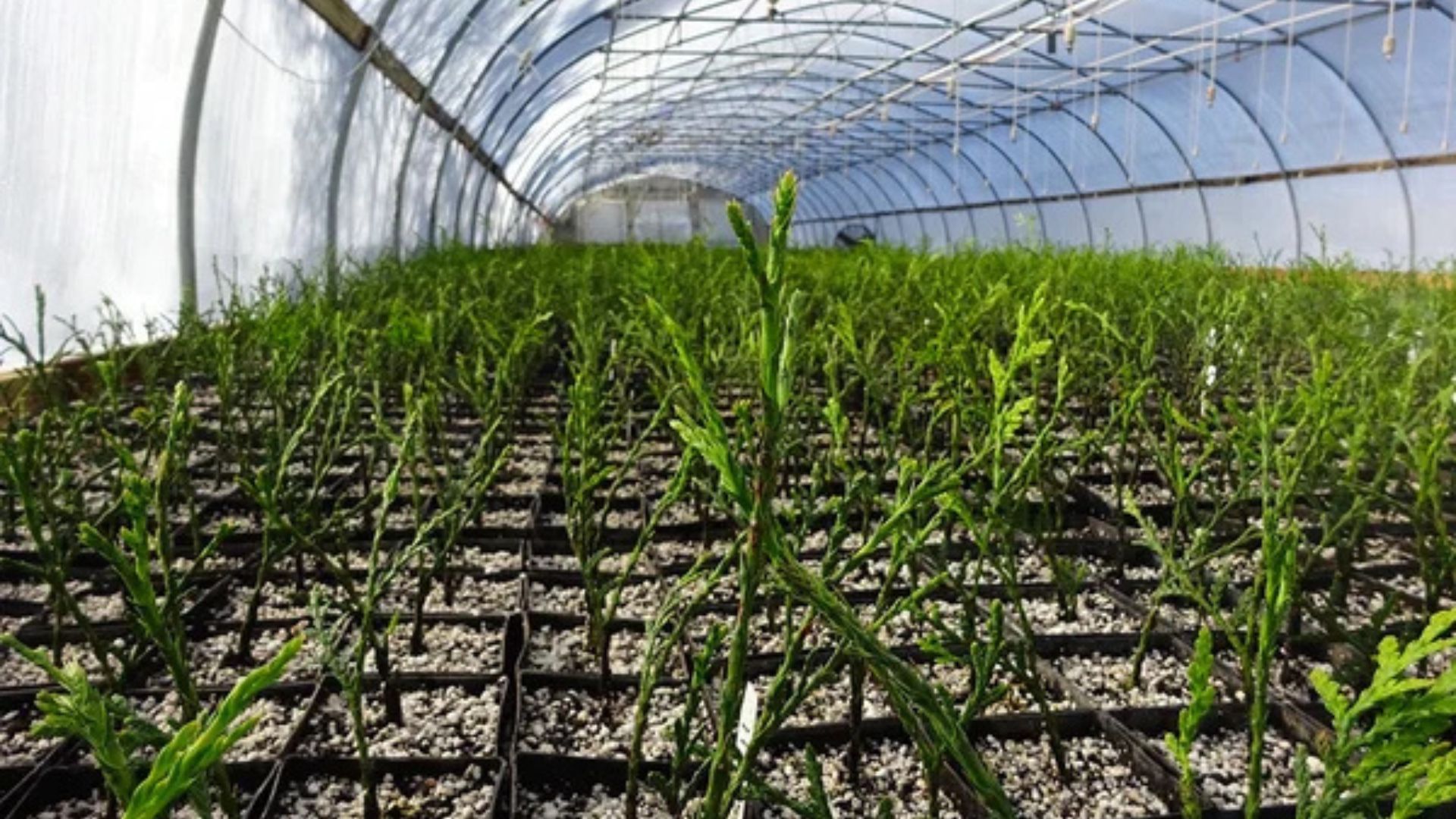
Methods of Propagation
There are several ways to propagate plants effectively. Choosing the right method depends on the plant type, growth rate, and available resources.
Seed Propagation
Starting plants from seeds is cost-effective and versatile. Use clean, nutrient-rich soil to support germination. Maintain consistent moisture and temperature. Seed trays or small pots allow controlled growth until seedlings are strong enough for transplanting. Following these practices is a primary strategy for propagating plants in your nursery successfully.
Cuttings and Cloning
Stem, leaf, or root cuttings create new plants identical to the parent. Select healthy parent plants and use sterilized tools. Dip cuttings in rooting hormone if needed and place in well-draining soil. Proper care, including humidity control and gentle watering, ensures strong root formation. Cuttings are an efficient way to multiply valuable or rare plants in your nursery.
Division and Layering
Division separates established plants into smaller sections, each capable of independent growth. Layering encourages roots to form on stems while still attached to the parent plant. Both methods increase plant numbers quickly and are particularly useful for perennials or shrubs. By applying these approaches, gardeners reinforce their propagating plants in your nursery strategies.
Soil and Container Considerations
Healthy soil and appropriate containers are critical. Use sterile, well-draining soil to prevent disease. Containers with drainage holes avoid waterlogging and promote root development. Additionally, labeling pots helps track plant types, propagation dates, and care requirements. Attention to these details supports long-term nursery productivity.
Watering and Humidity
Consistent moisture is essential for successful propagation. Avoid overwatering, which can cause rot, and under-watering, which stresses plants. Mist cuttings or cover seed trays with transparent covers to maintain humidity. Proper moisture management enhances survival rates and overall growth, making it a crucial step in propagating plants in your nursery.
Light and Temperature
Seedlings and cuttings require sufficient light without direct harsh sunlight. Use natural light or grow lights to provide 12–16 hours daily. Temperature should be stable, matching the plant’s natural requirements. Controlling these environmental factors improves root formation, leaf development, and overall plant vitality.
Pest and Disease Prevention
Propagation areas must remain clean and pest-free. Inspect parent plants before taking cuttings, sanitize tools, and avoid overcrowding seedlings. Beneficial insects or organic solutions can reduce pest issues. Preventing disease early ensures propagated plants remain healthy and robust. Maintaining a safe propagation environment is a key principle for propagating plants in your nursery.
Monitoring Growth
Track growth progress by observing root development, leaf expansion, and stem strength. Adjust watering, light, or nutrients as needed. Early intervention for any signs of stress increases survival rates. Keeping records supports consistent improvement and helps gardeners refine their propagation techniques.
Conclusion
In conclusion, propagating plants in your nursery involves selecting the appropriate method, preparing soil and containers, maintaining proper moisture, light, and temperature, and preventing pests or disease. Using seeds, cuttings, division, or layering ensures a diverse, healthy, and sustainable plant collection. By following these steps, gardeners can expand their nursery efficiently while fostering strong, resilient plants. Ultimately, careful propagation improves productivity, enhances plant quality, and guarantees long-term success in any indoor or outdoor nursery environment.






